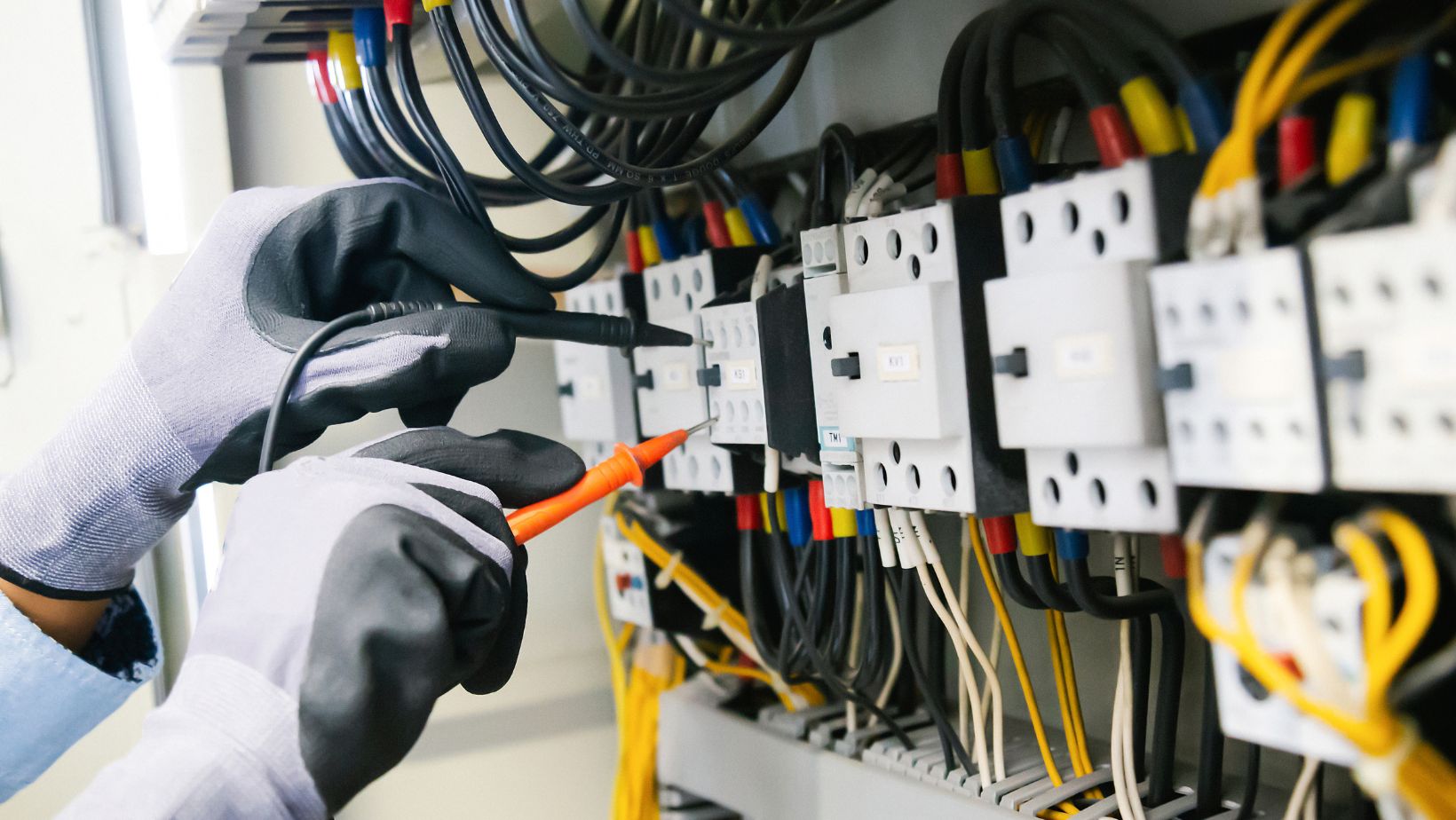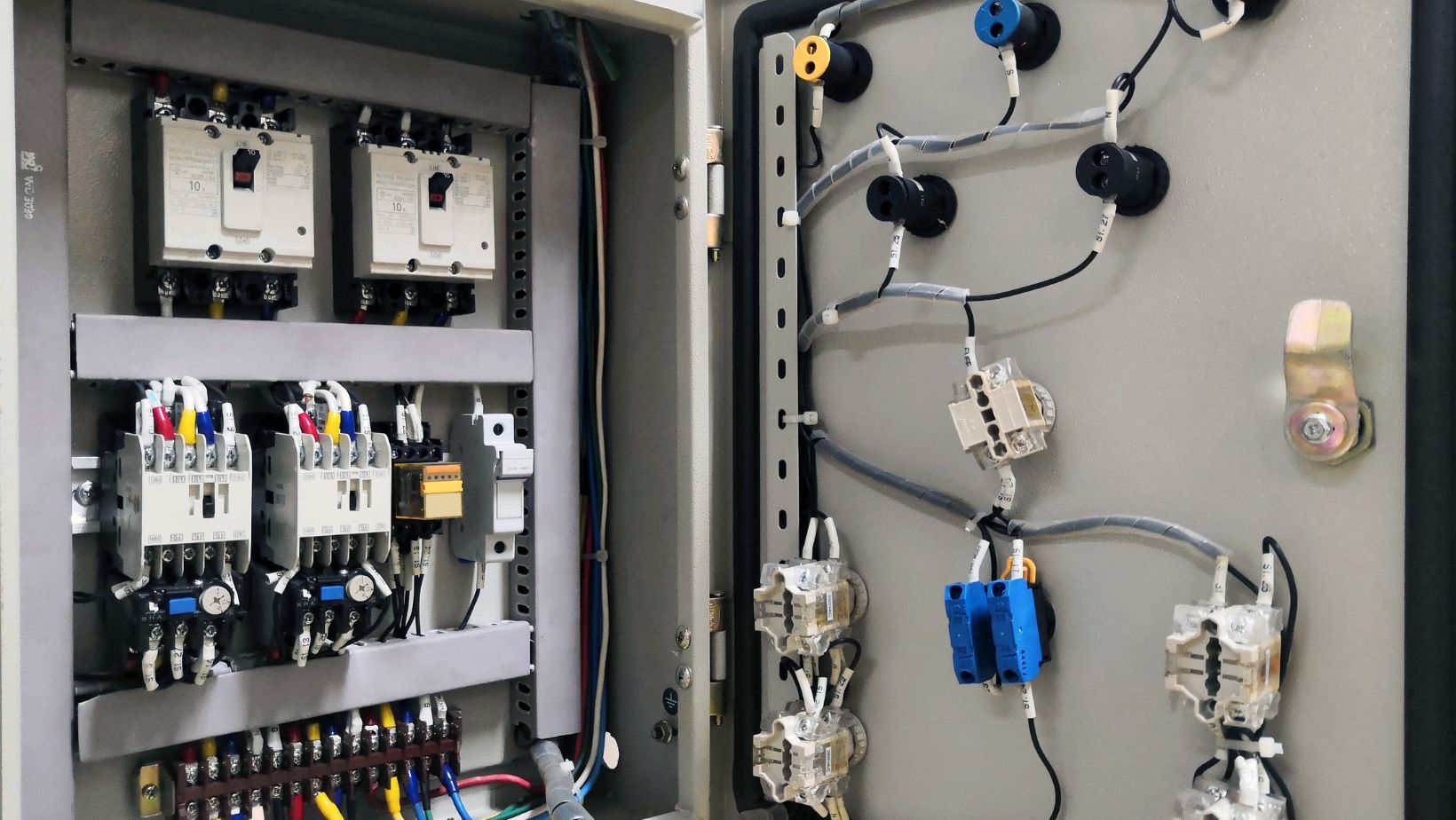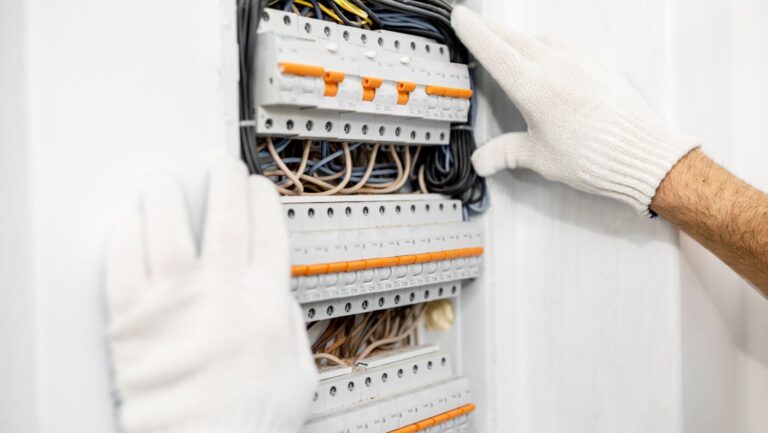When working on any project that involves electrical components, one crucial decision you need to make is selecting the right electrical enclosure. An electrical enclosure is a protective box used to house electrical components, ensuring they are safe from environmental hazards and accidental contact. This article will guide you through the process of choosing the right electrical enclosure for your project, considering various factors like materials, sizes, and types.
Understanding Electrical Enclosures
Electrical enclosures are designed to protect electrical components from environmental factors such as moisture, dust, and extreme temperatures. They also help prevent accidental contact with electrical parts, ensuring safety for users and equipment. These enclosures come in different shapes, sizes, and materials, and choosing the right one depends on several factors, including the nature of your project and the environment in which the enclosure will be used.
Key Factors to Consider
1. Type of Project
The first step in choosing the right electrical enclosure is understanding the requirements of your project. Is it an indoor or outdoor installation? Will it be exposed to harsh environmental conditions, or will it be in a controlled environment? Knowing the specifics of your project will help narrow down your options.
2. Environmental Protection
Different environments pose different risks to electrical components. For example:
- Indoor Environments: If your enclosure will be used indoors, you may only need protection against dust and accidental contact.
- Outdoor Environments: For outdoor use, the enclosure must provide protection against rain, snow, and extreme temperatures.
- Harsh Environments: In environments with high levels of dust, chemicals, or extreme temperatures, you will need an enclosure that can withstand these conditions.
3. Material Choices
The material of the electrical enclosure plays a significant role in its durability and effectiveness. Common materials include:
- Steel: Steel enclosures are strong and durable, making them suitable for industrial applications. They often come with a powder coating to resist corrosion.
- Stainless Steel: Stainless steel enclosures offer excellent corrosion resistance, making them ideal for harsh environments where exposure to chemicals or moisture is a concern.
- Plastic: Plastic enclosures are lightweight and resistant to corrosion, making them suitable for less demanding environments. They are often used for indoor applications.
- Aluminum: Aluminum enclosures are lightweight and offer good protection against corrosion. They are often used in outdoor environments or where weight is a concern.
4. Size and Space
The size of the enclosure should be appropriate for the components you plan to house. Consider the following:
- Component Size: Ensure that the enclosure is large enough to accommodate all components and has sufficient space for wiring and cooling.
- Future Expansion: If you anticipate adding more components in the future, choose an enclosure with extra space to accommodate growth.
5. Accessibility
Consider how often you will need to access the components inside the enclosure. For easy access, choose an enclosure with removable panels or doors that allow you to reach the components without difficulty.
6. Mounting Options
Different enclosures offer various mounting options:
- Wall-Mounted Enclosures: These are designed to be attached to walls and are suitable for indoor applications.
- Floor-Mounted Enclosures: These are placed on the floor and are often used in industrial settings.
- Pole-Mounted Enclosures: These are attached to poles or posts and are ideal for outdoor or remote locations.
7. Safety Standards
Ensure that the enclosure meets relevant safety standards and certifications. This ensures that it provides adequate protection and complies with regulations. Common standards include:

- IP Rating: The Ingress Protection (IP) rating indicates the level of protection against dust and water. For example, an IP65 rating means the enclosure is dust-tight and protected against water jets.
- NEMA Rating: The National Electrical Manufacturers Association (NEMA) rating provides information about the enclosure’s ability to withstand environmental conditions. For example, a NEMA 4 rating indicates protection against rain, snow, and wind.
Types of Electrical Enclosures
1. Junction Boxes
Junction boxes are used to connect and protect electrical wires and cables. They are typically small and provide a secure place to make connections. They are available in various materials and sizes, depending on the application.
2. Control Panels
Control panels house electrical components such as switches, relays, and circuit breakers. They are often used in industrial settings to control machinery and processes. Control panels come in different sizes and configurations to accommodate various components.
3. Distribution Boards
Distribution boards are used to distribute electrical power to different circuits. They are commonly used in residential, commercial, and industrial settings. Distribution boards come with multiple circuits and protective devices to ensure safe distribution of electricity.
4. Meter Boxes
Meter boxes house electrical meters that measure the consumption of electricity. They are typically used in residential and commercial buildings. Meter boxes are designed to provide easy access to the meter while protecting it from environmental factors.
5. Enclosures for Hazardous Areas
In environments where there are flammable gases, vapors, or dust, special enclosures are required to prevent explosions and ensure safety. These enclosures are designed to contain any sparks or heat generated by electrical components.
Choosing the Right Electrical Enclosure
When choosing the right electrical enclosure, consider the following steps:
1. Assess Your Needs
Start by evaluating the specific needs of your project. Consider the environment, size requirements, and the type of components you need to protect.
2. Select the Material
Based on your assessment, choose a material that offers the right level of protection and durability. For harsh environments, consider stainless steel or aluminum, while plastic may be sufficient for less demanding indoor applications.
3. Determine the Size
Choose an enclosure size that accommodates your components with room for future expansion. Ensure that there is enough space for proper wiring and ventilation.
4. Check Mounting Options
Decide how the enclosure will be mounted and choose a design that fits your installation requirements.
5. Verify Safety Standards
Ensure that the enclosure meets relevant safety standards and certifications. This ensures that it provides adequate protection and complies with regulations.
6. Evaluation Additional Features
Consider additional features such as locking mechanisms, ventilation, and accessibility.

These features can enhance the functionality and safety of the enclosure.
Electrical Enclosures: Key Considerations
When selecting electrical enclosures, keep in mind that there is no one-size-fits-all solution. Each project has unique requirements, and the right enclosure will depend on various factors. Electrical enclosures are essential for protecting electrical components and ensuring safety, so take the time to choose the right one for your project.
By understanding the different types of enclosures, materials, and factors to consider, you can make an informed decision that meets your needs and ensures the longevity and safety of your electrical components. Whether you’re working on a residential, commercial, or industrial project, the right electrical enclosure will provide the protection and functionality you need.
In summary, choosing the right electrical enclosure involves evaluating your project’s specific needs, selecting appropriate materials, determining the correct size, and ensuring compliance with safety standards. By following these guidelines, you can ensure that your electrical components are well-protected and function efficiently in their intended environment.




